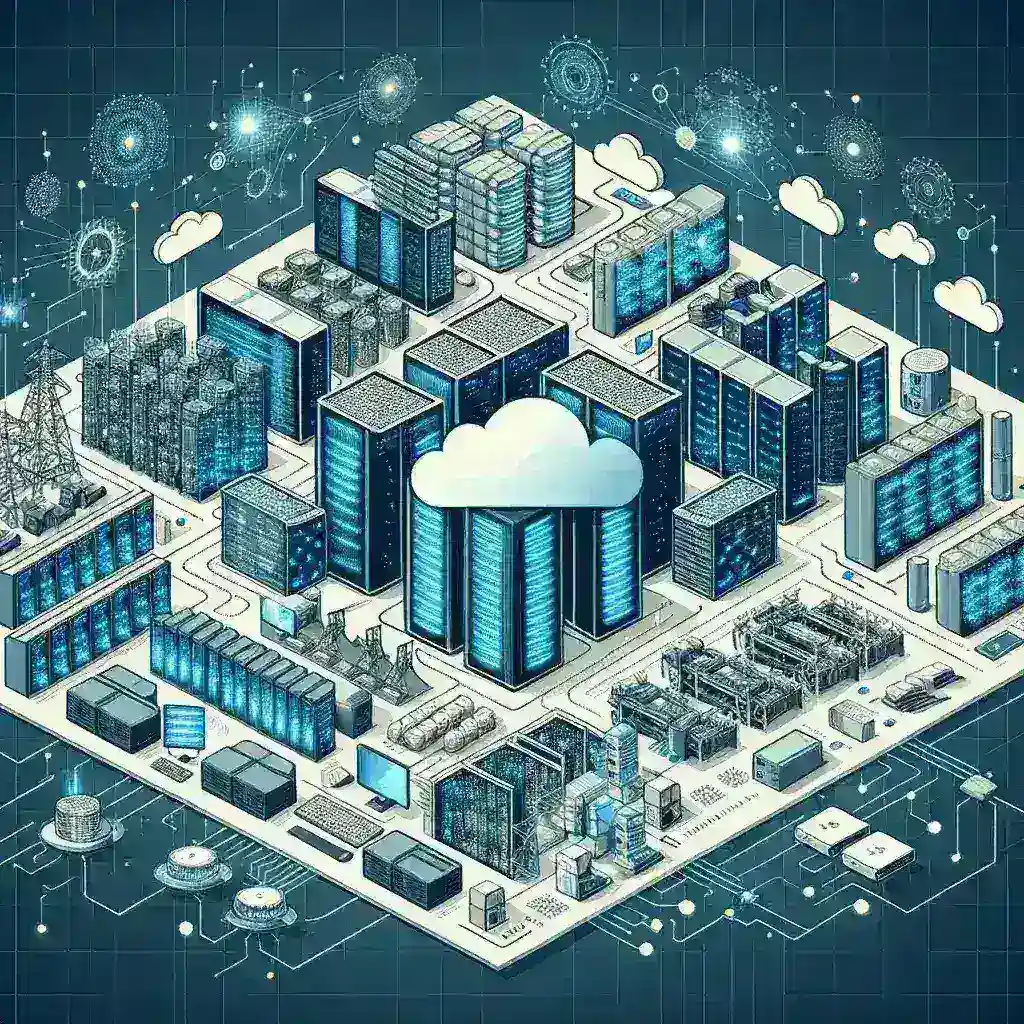Understanding Hyperscalers and Their Role in Cloud Infrastructure
Hyperscalers are large-scale cloud service providers that manage vast data centers and offer scalable cloud solutions globally. Companies such as Amazon Web Services (AWS), Microsoft Azure, Google Cloud, and Alibaba Cloud dominate this space, providing the backbone for numerous applications and services worldwide. With the ever-growing demand for cloud services, hyperscalers are continually investing in high density cloud infrastructure to ensure efficiency, reliability, and scalability.
Key Areas of Investment
1. Advanced Data Center Technology
One of the primary areas where hyperscalers invest is in cutting-edge data center technology. This includes:
- High-density servers: These servers maximize computing power while minimizing space usage, enabling hyperscalers to run more workloads in less physical space.
- Energy-efficient cooling systems: Cooling is a significant concern in data centers. Innovations in cooling technology, such as liquid cooling and advanced HVAC systems, help maintain optimal temperatures while reducing energy consumption.
- Modular data centers: These flexible structures allow for rapid deployment and scalability, making it easier for hyperscalers to adjust to fluctuating demand.
2. Cutting-edge Networking Solutions
Robust networking capabilities are essential for high-density cloud infrastructure. Hyperscalers invest in:
- High-speed fiber optic connections: These connections provide the necessary bandwidth to handle data-intensive applications, ensuring low latency and high throughput.
- Software-defined networking (SDN): SDN allows for more efficient network management and flexibility, optimizing resource allocation and enhancing performance.
- 5G technology: As 5G networks roll out, hyperscalers are investing in this technology to support edge computing and IoT applications, expanding their service offerings.
3. Artificial Intelligence and Machine Learning
Hyperscalers are increasingly integrating AI and ML into their infrastructure. These technologies facilitate:
- Predictive analytics: By analyzing data trends, hyperscalers can better anticipate demand and optimize resource allocation.
- Automated management: AI-driven tools can automate routine tasks, reducing human error and improving operational efficiency.
- Enhanced security: Machine learning algorithms can detect and mitigate threats in real-time, safeguarding sensitive data and maintaining user trust.
4. Renewable Energy Investments
As sustainability becomes a pressing global issue, hyperscalers are making significant investments in renewable energy sources. This includes:
- Solar and wind energy: Many hyperscalers are investing in large-scale solar and wind farms to power their data centers, reducing carbon footprints and promoting environmental responsibility.
- Energy storage solutions: Advanced battery technologies are essential for storing renewable energy and ensuring a consistent power supply.
- Energy-efficient infrastructure: Investments in energy-efficient technologies not only reduce operational costs but also align with corporate sustainability goals.
5. Security Infrastructure
Security is paramount in cloud infrastructure. Hyperscalers are focusing on:
- Data encryption: Encrypting data both at rest and in transit ensures that sensitive information remains secure from unauthorized access.
- Compliance and risk management: Adhering to regulatory requirements and implementing robust risk management frameworks are crucial for maintaining customer trust.
- Zero-trust architectures: By adopting a zero-trust model, hyperscalers can enhance security by continuously verifying user access and minimizing vulnerabilities.
Future Predictions for High Density Cloud Infrastructure
The investments made by hyperscalers today are shaping the future of cloud infrastructure. Here are some trends to watch:
1. Increased Demand for Edge Computing
With the rise of IoT devices and the need for real-time data processing, edge computing will become increasingly vital. Hyperscalers will invest in smaller, distributed data centers to bring computing closer to the end-users, reducing latency and improving performance.
2. Enhanced Interoperability
As more organizations adopt multi-cloud strategies, hyperscalers will focus on creating interoperable solutions that allow seamless integration across different platforms, enabling businesses to leverage the best services from various providers.
3. Continued Focus on Sustainability
As environmental concerns grow, hyperscalers will prioritize sustainable practices, investing in technologies that promote energy efficiency and reduce waste.
Conclusion
Hyperscalers play a crucial role in shaping the future of high density cloud infrastructure. By investing in advanced technologies, sustainable practices, and robust security measures, these companies are poised to meet the growing demands of businesses and individuals worldwide. As the cloud landscape continues to evolve, keeping an eye on these investments will provide insights into the future of technology and connectivity.




